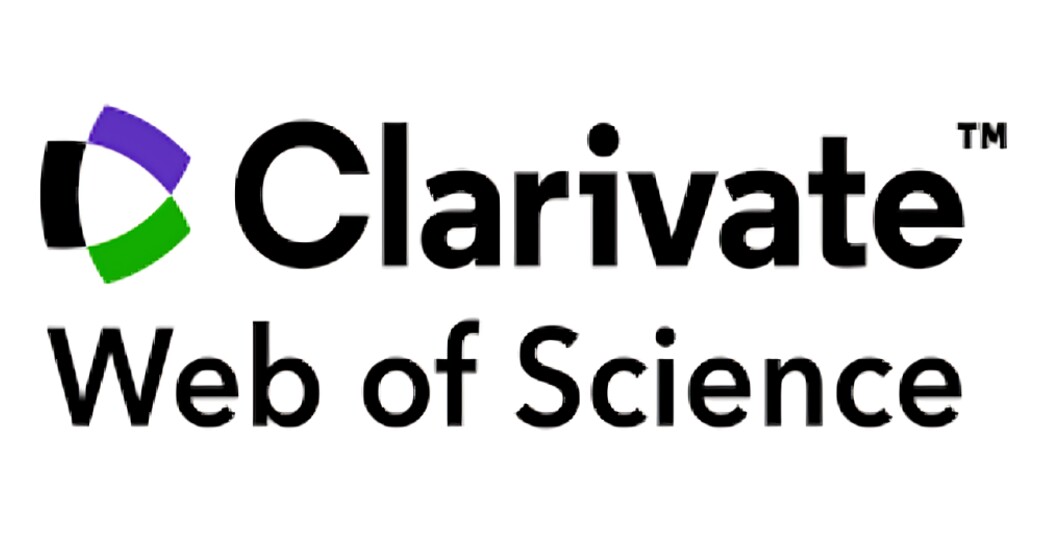کیف تؤثر المقاییس على سمعه المجله؟


فی عالم النشر الأکادیمی، یعد اختیار المنصه الصحیحه لمشارکه عملک أمرًا بالغ الأهمیه. النشر هو المکان الذی یعرض فیه الباحثون نتائج أبحاثهم، ویمکن أن تؤثر سمعه المنشوره بشکل کبیر على عدد الأشخاص الذین یقرؤون ویستشهدون بعملک. هنا تأتی مقاییس المجلات. هذه المقاییس هی أرقام تساعد فی قیاس جوده وتأثیر منصه أکادیمیه. فی هذه المقاله، سنشرح ما هی هذه المقاییس، ولماذا هی مهمه، وکیفیه استخدامها عند اختیار مکان النشر.
مقاییس المجلات هی أرقام تظهر مدى تأثیر المنشور فی المجتمع الأکادیمی. تساعد الباحثین فی فهم مدى تکرار الاستشهاد بالمقالات من قبل الآخرین. عاده ما یشیر العدد الأکبر من الاستشهادات إلى أن المنشور یحظى باحترام جید وأن مقالاته مهمه فی المجال.
المقاییس الشائعه فی قواعد البیانات المختلفه:
الترتیب الربعی: یتم تصنیف المنشورات إلى أرباع (Q1، Q2، Q3، Q4). المجلات من فئه Q1 هی فی أعلى 25% من مجالاتها، بینما المجلات من فئه Q4 هی فی أسفل 25%. یساعد هذا التصنیف الباحثین فی تحدید الخیارات عالیه الجوده بسرعه.
مؤشر h: یقیس کلًا من عدد المقالات المنشوره وعدد المرات التی تم الاستشهاد فیها بتلک المقالات. مؤشر h المرتفع یدل على تأثیر قوی فی المجال.
مقاییس المجلات مهمه لعده أسباب:
الرؤیه: النشر فی منشور ذو تأثیر کبیر یعنی أن عددًا أکبر من الأشخاص سیقرؤون عملک. یمکن أن یؤدی هذا إلى مزید من الاستشهادات، وهو أمر حیوی لسمعتک الأکادیمیه.
التقدم الوظیفی: العدید من المؤسسات الأکادیمیه تأخذ فی الاعتبار مکان النشر عند تقییم عملک. النشر فی منصه محترمه یمکن أن یحسن فرصک فی الترقیات والمنح والفرص المهنیه الأخرى.
سمعه المجال: یمکن ربط سمعه مجالک البحثی بالمنشورات التی تعرض أعماله. المنشورات عالیه الجوده تساعد فی رفع مکانه المجال.
القرارات المستنیره: توفر المقاییس للباحثین المعلومات اللازمه لاختیار المنشور المناسب لعملهم. یمکنهم مقارنه الخیارات المختلفه واختیار الأنسب بناءً على أهدافهم.

تقدم قواعد البیانات المختلفه مقاییس متنوعه للمجلات. إلیک بعض المصادر الرئیسیه:
عامل التأثیر: یقیس عدد المرات التی یتم فیها الاستشهاد بالمقالات خلال فتره معینه، عادهً سنتین.
درجه Eigenfactor: هذه الدرجه تأخذ فی الاعتبار عدد الاستشهادات التی تتلقاها المنشورات، مع مراعاه جوده المصادر التی تقتبس منها.

CiteScore: مشابه لعامل التأثیر، یقیس هذا المقیاس الاستشهادات ولکنه یغطی عادهً فتره ثلاث سنوات.
SJR (درجه تصنیف SCImago): هذا المقیاس یحسب الاستشهادات ویمنحها وزناً بناءً على سمعه المصادر التی تستشهد بها.

h5-index: یقیس مؤشر h للمجله بناءً على المقالات المنشوره فی آخر خمس سنوات

عند اتخاذ قرار حول مکان النشر، ضع فی اعتبارک ما یلی:
المقاییس الخاصه بالمجال: تحقق من المقاییس ذات الصله بمجال بحثک المحدد.
السمعه: ابحث عن منصات معروفه بعملیات المراجعه الدقیقه. المنصه المحترمه من المحتمل أن یکون لها المزید من القراء والاستشهادات.
استخدام عده مقاییس: لا تعتمد على مقیاس واحد فقط. ضع فی اعتبارک عامل التأثیر و CiteScore و SJR معًا للحصول على صوره أکثر اکتمالاً عن جوده المنشور.
أهدافک: فکر فیما ترید تحقیقه من خلال نشر مقالک.
النشر المفتوح: فکّر فیما إذا کانت المنشورات مفتوحه الوصول. المجلات المفتوحه الوصول تسمح لأی شخص بقراءه المقالات، مما یزید من رؤیه عملک.

فهم مقاییس المجلات أمر بالغ الأهمیه لأی باحث. تساعد هذه المقاییس فی تقییم جوده وتأثیر المنشورات المختلفه. من خلال النظر فی مقاییس مثل عامل التأثیر و درجه Eigenfactor و h-index، یمکنک اتخاذ قرارات مستنیره حول المکان المناسب لنشر عملک. تذکر، المنصه الصحیحه یمکن أن تعزز رؤیتک، وتحسن آفاقک المهنیه، وتساهم فی سمعه مجال بحثک.

إذا کنت تبحث عن نشر بحثک، اتصل بنا الیوم. یمکننا أن نوفر لک قائمه بالمجلات مع معلومات مفصله حول مقاییسها. سیساعدک فهم هذه المقاییس فی اختیار أفضل المجلات لعملک. لا تفوت هذه الفرصه لتعزیز استراتیجیتک فی النشر. تواصل معنا الآن واحصل على الرؤى التی تحتاجها للنجاح.
عملیه تقدیم طلب فی أکادیمیه سیتا

شارک نطاق بحثک |

استلم قائمه المجلات |

اختر مجلتک |

التنسیق وتقدیم الطلب |
إذا کان لدیک أی أسئله، استفسارات، أو ترغب فی معرفه المزید عن خدماتنا، فلا تتردد فی التواصل معنا. فریقنا المخصص مستعد لمساعدتک.